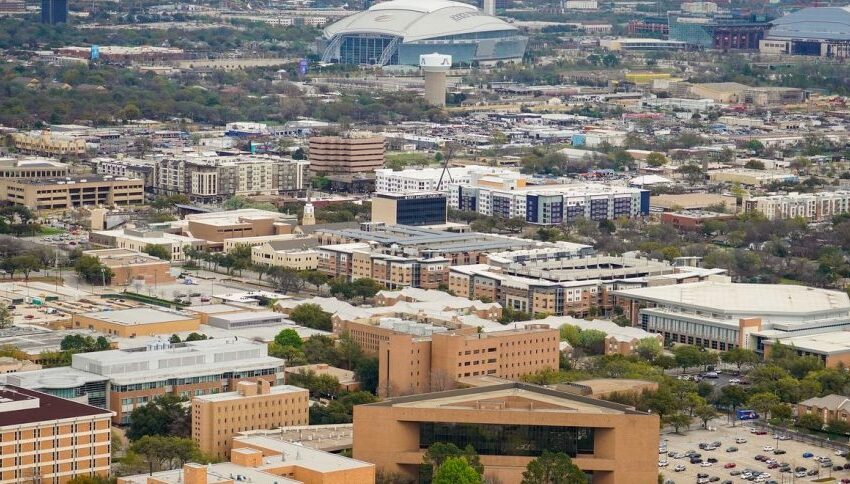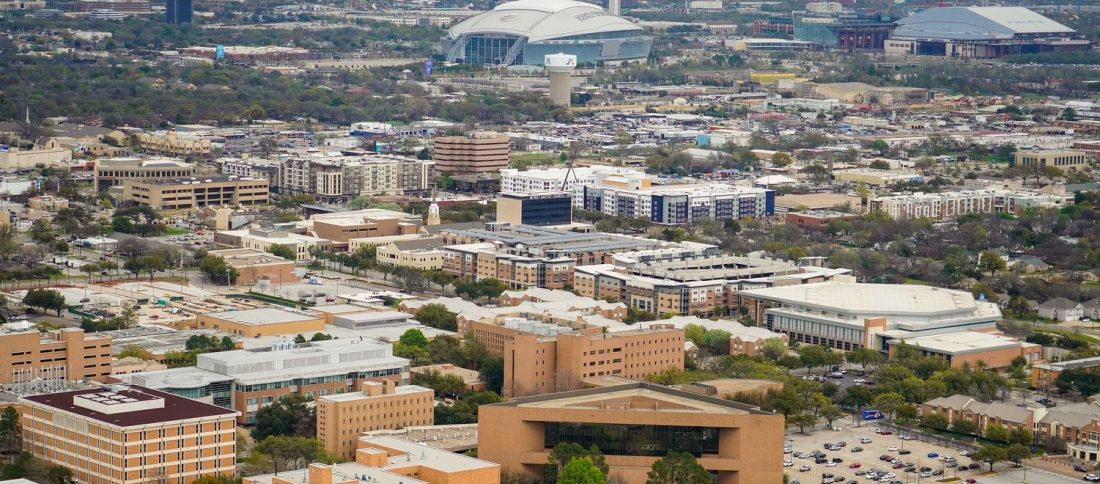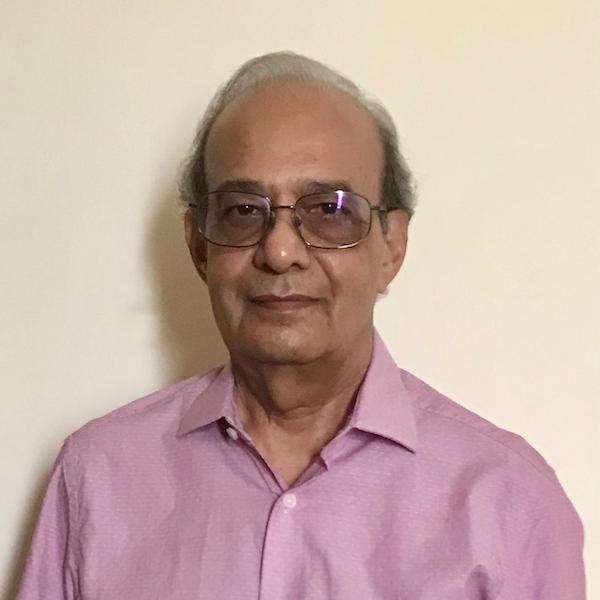Indian Americans driving change in North Texas: Report

 Their political, economic clout is growing, but immigration system remains their biggest concern
Their political, economic clout is growing, but immigration system remains their biggest concern
The growing number of Indian-Americans in North Texas is establishing itself as a formidable block in cities throughout the Metroplex, according to a media report.
From technology, to schools to politics, Indian Americans have made an indelible mark in the cultural fabric of North Texas, Fort Worth Star-Telegram reported.
Read: Premium processing expansion can slash processing times: Report (January 6, 2023)
Asians are the state’s fastest-growing population, with Indian Americans being the largest group in that category. Overall, Texas has the second largest Indian American population in the country.
In 2010, there were 230,842 Indian Americans in Texas, making up 0.9% of the population, it noted citing the US Census Bureau. By 2020, that number nearly doubled, with 434,221 Indian Americans making up 1.5% of the state’s population.
That growth was apparent in Dallas-Fort Worth, where about 220,000 Indian Americans live. In Collin County, the Indian American population grew from 3.8% to 7.5% in the last decade, and Denton County from 2.2% to 4.1%.
The percentage of Indian Americans in Dallas County went from 1.6% to 2.4%, and in Tarrant County it increased from 0.9% to 1.1%. Between 2015 and 2020 alone, about 14,189 more resided in Fort Worth, Dallas and Plano.
McKinney resident Dinesh Hooda, 39, who works as senior technical program manager at Uber, is one of a large proportion of Indian American science, technology, engineering, and mathematics workers in North Texas.
More than half of Indian American employees work in only three industries: computer science and mathematics, management and health care, Star-Telegram noted. They also own 5% of all businesses in Collin, Denton, Dallas and Tarrant counties, representing more than a third of all Asian businesses.
Indian Americans are among the highest earners of all immigrants, according to an August report from the Indian American CEO Council and the Institute for Urban Policy Research at the University of Texas at Dallas.
The average income for Indian Americans in Dallas-Fort Worth is $58,879, about 48% more than other groups. And 41% make $150,000 or more annually, the newspaper said citing the Census Bureau.
In North Texas, most Indian Americans are college educated, with nearly half having a graduate or professional degree.
The more than 4.16 million Indian Americans have appeared as a significant political constituency, Star-Telegram said noting in the United States, there are 1.9 million Indian American voters.
Indian Americans serve as elected officials throughout the Lone Star State, and even more are running for county, state and federal office this year.
In the November election, advocacy group Indian American Impact endorsed six Texas candidates of South Asian descent, including judge Juli Mathew, who in 2018 became the first Asian judge in Fort Bend County. Euless resident Salman Bhojani also became the first South Asian elected to the Texas legislature.
“When I was running, there were very few [Indian Americans] running, but now I see more and more people are running every year,” Little Elm Councilman Tony Singh was quoted as saying. “In coming years, Indian Americans will be a very big group, which can influence a lot of things in this area, in all of Texas.”
Groups like SAAVETX are helping to register South Asian voters in places of worship, community centers and neighborhoods throughout Texas.
Because of their relatively young status and recent arrival, the IACEO/UTD report says, it’s possible that the full political impact of the Indian American community has not been fully realized.
The Indian American population is relatively young, with a median age of 40, compared to 46 for other immigrants. About two-thirds arrived in the US after 2000.
Dallas-Fort Worth approved the fourth highest number of green card holders from India, behind New York City, Chicago and San Francisco.
Read: Indian-Americans driving change in North Texas as their political, economic clout grows (January 9, 2023)
The biggest concern for the Indian American community is the immigration system, Urmeet Juneja, president of the India Association of North Texas, was quoted as saying.
“Most of the Indian American community comes on the H-1B visa and then they struggle to keep the status intact. A lot of times their kids they grew up for like 14, 15 years, they stay on H-1B, and the kids after the age of 21 they are out of status and they have to struggle to find their own immigration status,” Juneja said.
“We have the people who have been staying here from such a long time. But then also we have an influx of new people coming in every year on an H-1B visa, those who have been here for 10 years and still struggling to get a permanent status.”

